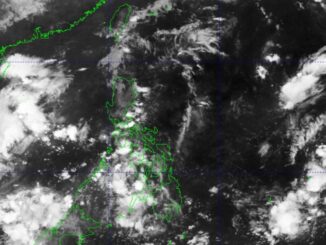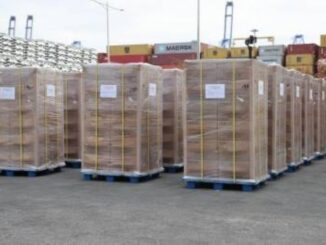
MANILA, Philippines — THE government has to pour in more funds to the country’s digital infrastructure if it wants to catch up with neighboring countries in terms of internet speed and coverage, a public policy reform think tank said.
CitizenWatch PH lead convenor Orlando Oxales said on Wednesday beefing up investments in the country’s digital foundation will not only address the broadband infrastructure gap between the Philippines and other Southeast Asian nations but will also help empower people and industries in the internet world.
Oxales cited Ooklas’ Speed Test Global Index that showed the country’s broadband speeds trailing behind Vietnam, Malaysia, Thailand and Singapore by more than half.
He attributed the Philippines’ bleak performance in terms of internet speed to the shortage of digital infrastructure.
Oxales said that the government has earmarked less funds to its National Broadband Plan compared to other Asian neighbors.
The budget for the said program under the Department of Information and Communications Technology totaled only $32 million while Indonesia has put up $2.06 billion to further boost its internet capacity, Malaysia poured $5.1 billion, Singapore, $2.8 billion and China, $1.4 trillion.
A 2023 study conducted by international consulting firm Arthur D. Little showed that the Philippines had the second lowest cumulative investment in fiber coverage and targets among SEA countries.
The study showed that the Philippines needs to spend around $1.1 billion (roughly P58.30 billion) to reach the required target coverage levels considering that the country also has the second lowest take-up rate and penetration rate among internet users as of 2022.
A World Bank report said that the Philippines’ internet connectivity is the most expensive in the Southeast Asian region but is relatively slow compared to Singapore, Thailand, Malaysia, Vietnam, and Brunei.
Oxales said that the Philippines needs to invest more and at least match neighboring countries’ investment in broadband infrastructure, implement reforms like incentives, invest in education and training, and collaborate better with the private sector to properly leverage the country’s resources and expertise.
One way to increase the country’s internet speed in the Philippines is by adding more cell sites and giving incentives to telcos, he said.
According to data from the National Telecommunications Commission, the Philippines has only around 23,000 cell sites, while neighboring countries like Vietnam have 90,000 cell towers and Bangladesh has 30,000.
The Philippines needs an additional 60,000 cell sites by 2031 in Geographically Isolated and Disadvantaged Areas, according to data from the Asian Development Bank.
The World Bank said policymakers should focus on reforms and invest more budget to improve the Philippines’ broadband infrastructure, as the slow internet connection affects many people and future opportunities.
“A coordinated approach where both the government and private sector would align their resources and strategies is crucial to enhancing the country’s digital capabilities and ensuring broadband connectivity that meets global standards,” Oxales said.
“By aligning government resources with the aggressive and forward-looking investment outlook of the private telcos, the country can bridge the connectivity gap and enable local industries to compete and thrive in the borderless global digital economy,” he added.





Be the first to comment